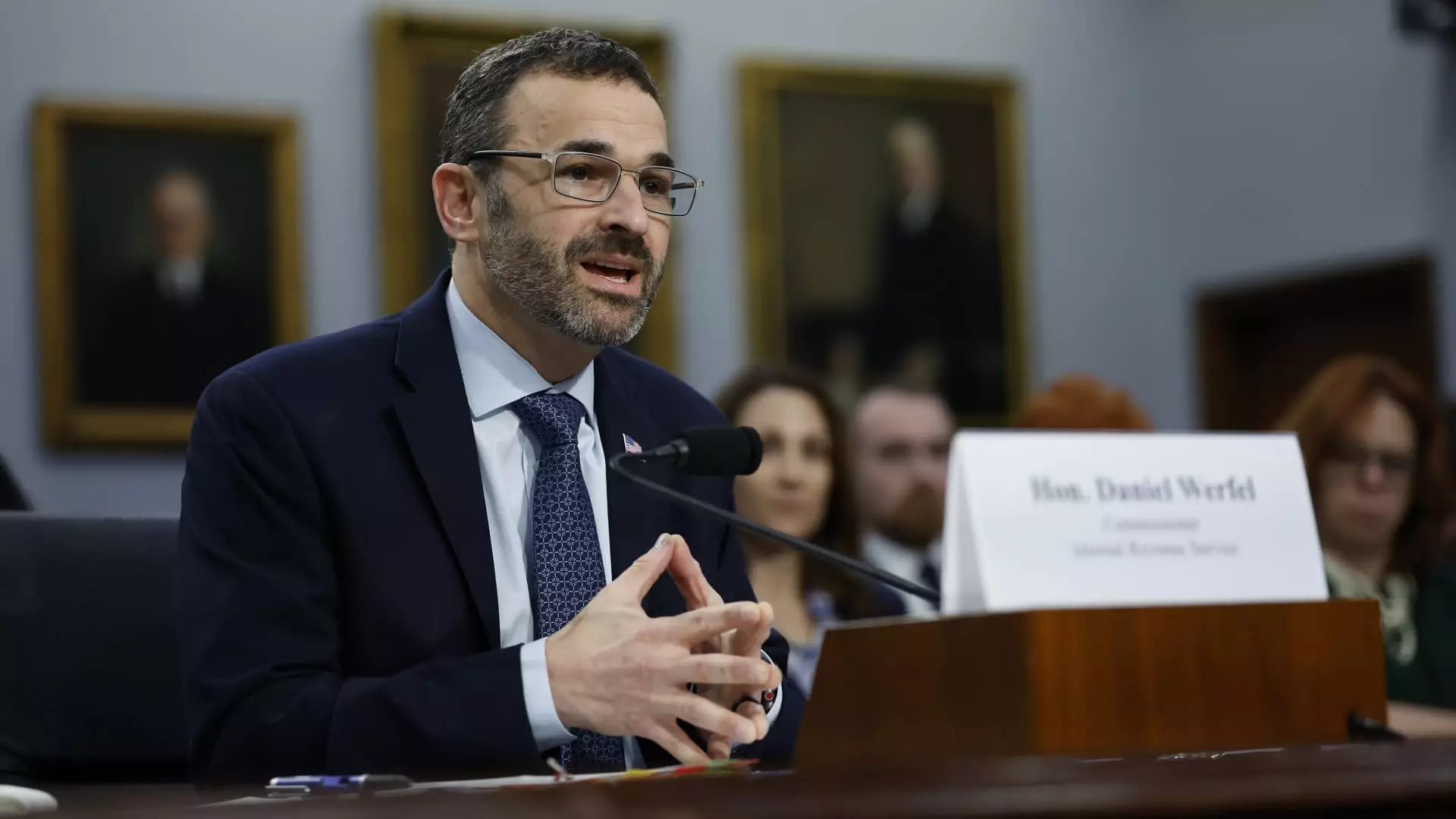As the 2025 tax season approaches, the Internal Revenue Service (IRS) has announced a substantial increase in the number of Americans who will be able to utilize the Direct File program. Initially piloted last year in just 12 states, this program will extend its outreach to over 30 million tax filers across 24 states. The initiative aims to simplify the filing process by offering Americans a free platform for tax preparation, which could potentially save them from incurring costly fees typically associated with professional tax services.
The expansion of Direct File heralds new possibilities for taxpayers. While last year’s version allowed for straightforward filing scenarios—primarily for employees without complex earnings—significant changes are coming. For the upcoming tax year, the program will include a wider array of eligibility criteria. Taxpayers will now be able to report higher interest income and benefits derived from pensions and annuities. The inclusion of the Alaska Permanent Fund Dividend is another critical addition, reflecting the program’s intent to cater to diverse financial situations.
This year’s enhancements also exhibit a broader support for various tax credits. Previously, the program facilitated only a handful of tax credits, including the earned income tax credit and child tax credit. But the 2025 season will introduce new credits, notably the premium tax credit, which assists those enrolled in Marketplace health insurance plans, and the child and dependent care credit. This expansion signifies a concerted effort to assist working families and ensure that they can maximize their tax benefits without the burden of complicated filing processes or associated costs.
One of the primary motivations behind the Direct File initiative is to create a more efficient tax filing experience. By focusing on common tax situations—particularly those that affect families—this program aims to eliminate obstacles that often discourage individuals from filing their returns. IRS Commissioner Danny Werfel has emphasized the agency’s commitment to gradually developing and refining the program with the goal of making the tax-filing experience as seamless as possible.
Moreover, while still adhering to guidelines that require standard deductions instead of itemized deductions, Direct File will permit several above-the-line deductions, including those for certain education expenses and student loan interest. This means that more individuals can benefit from tax breaks without navigating through complex tax codes, potentially leading to increased compliance and participation rates.
The pilot run of Direct File in 2024 demonstrated effectiveness, with approximately 140,000 users participating and collectively saving an estimated $5.6 million in filing fees. Such statistics underscore both the demand for accessible tax solutions and the program’s potential to alleviate financial burdens for everyday Americans.
As the IRS prepares for the rollout of Direct File to even more states in 2026, the trajectory of this initiative appears promising. The establishment of a free tax filing option presents an opportunity not only to enhance taxpayer engagement but also to foster a fairer tax system that prioritizes the needs of all citizens. While challenges remain, ongoing improvements and expansions could redefine how Americans approach their tax obligations. The future of tax filing in the U.S. may very well hinge on these advancements, reflecting a growing acknowledgment of the need for taxpayer-friendly solutions in an ever-complex financial landscape.


Leave a Reply